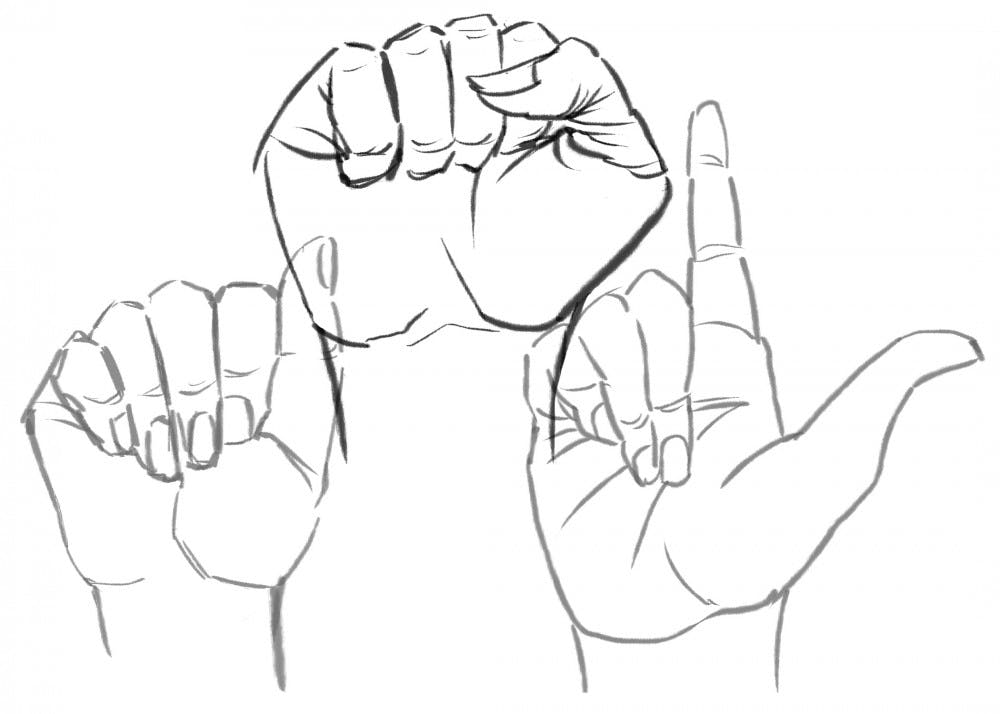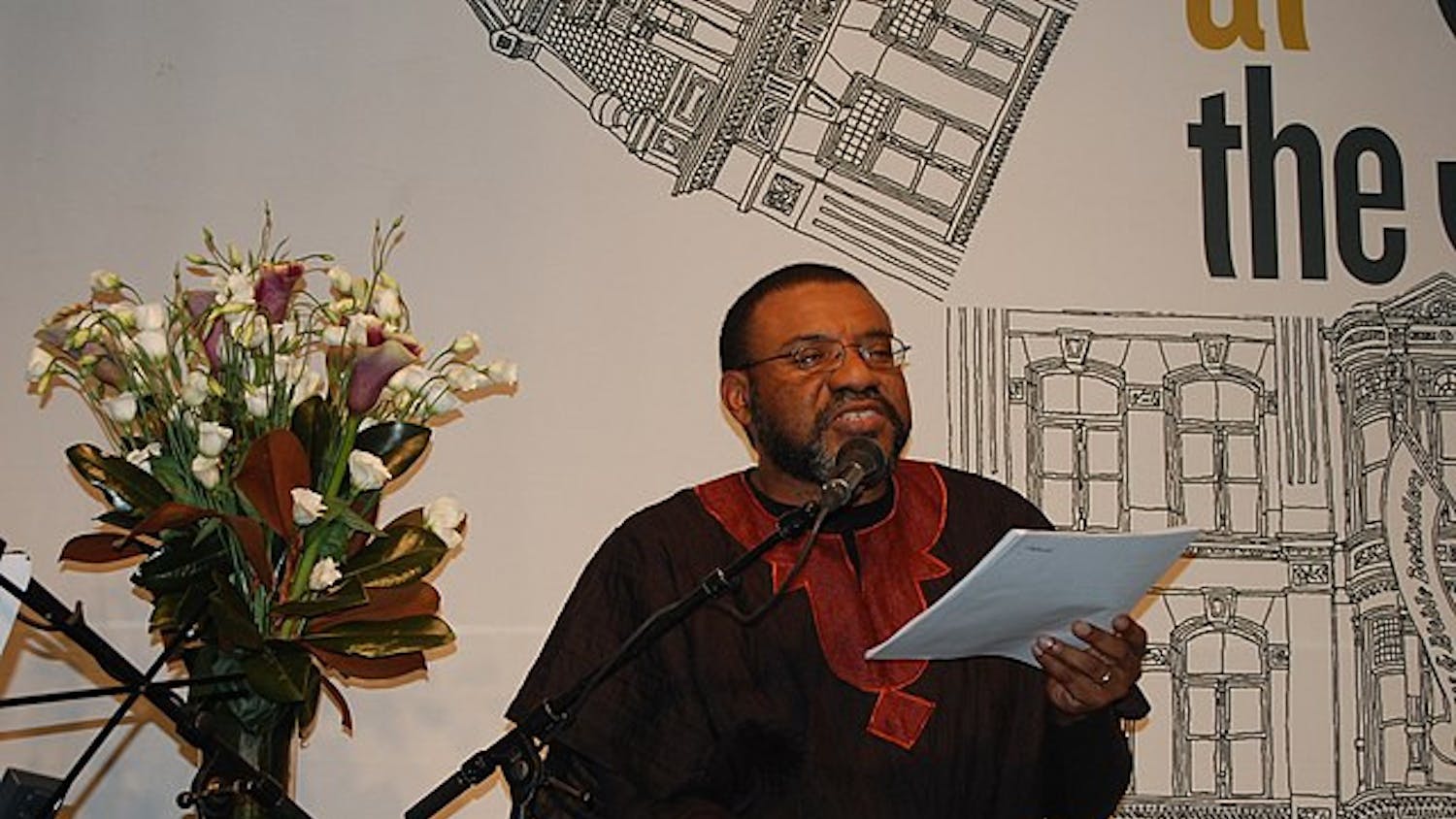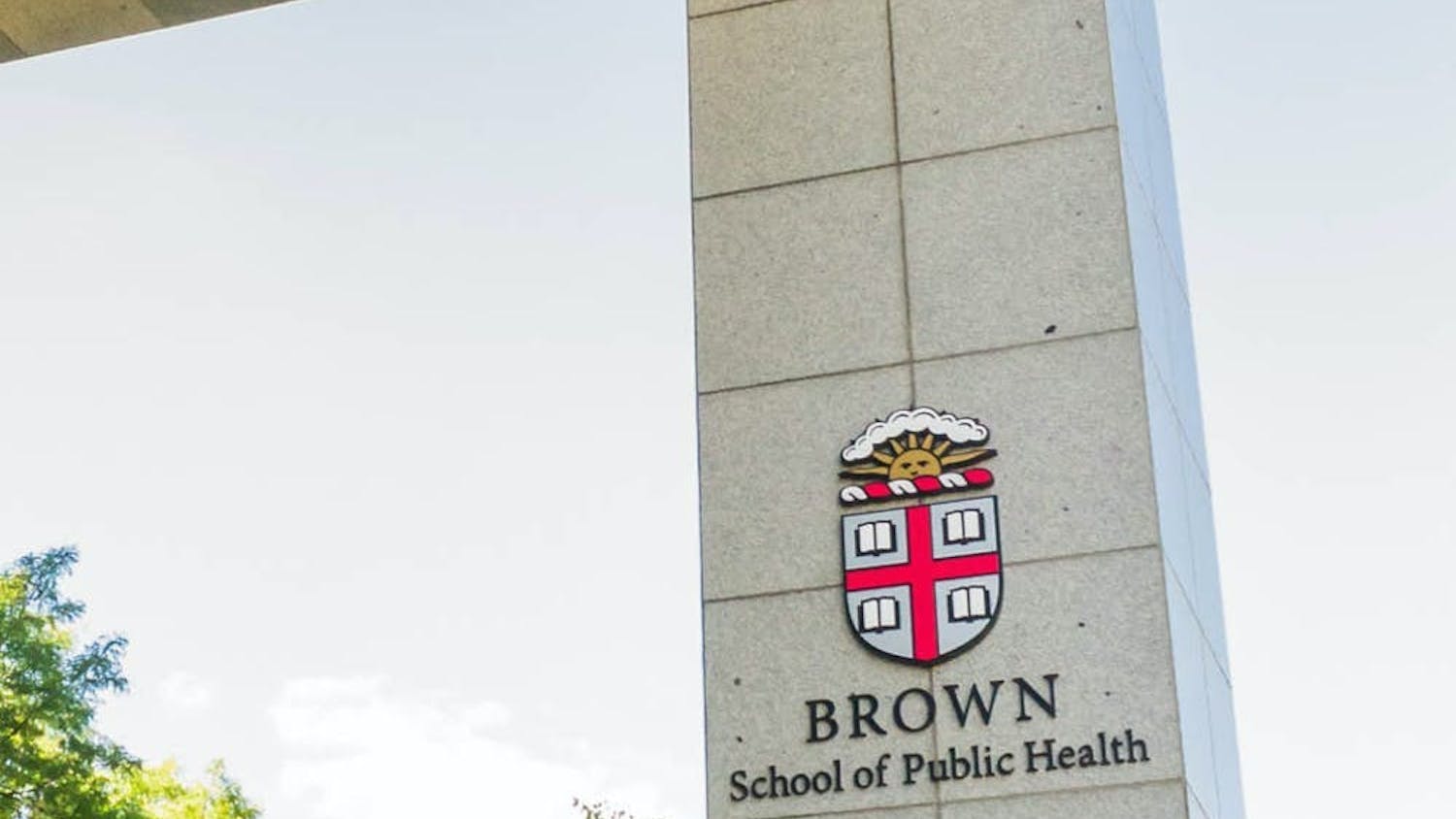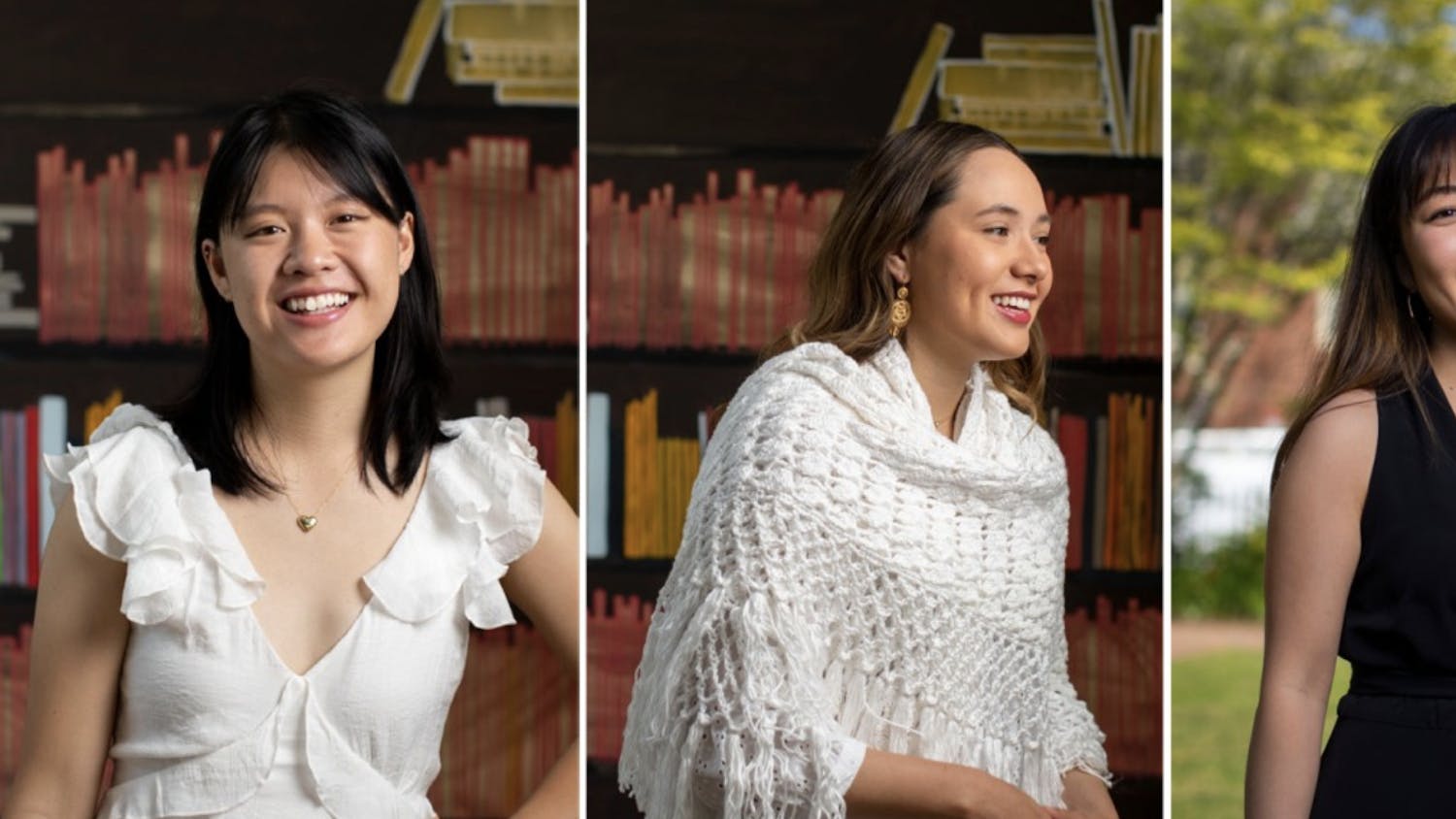As students in the University’s American Sign Language program enter their classroom, they immediately fall silent. The mode of communication shifts from vocal chords and shaped lips to hand gestures and emotive expressions. In this classroom, professors encourage full immersion not only to learn a new language, but also to be inclusive of everyone regardless of their hearing status. ASL is what connects the students, creating an intimate but powerful community.
The ASL program at Brown consists of level 100-500 classes and is taught by Lecturer in American Sign Language Tim Riker and Visiting Lecturer in American Sign Language Heather Nowicki, both of whom are Deaf. Though it initially did not offer course credit, the program eventually hired a full-time faculty member and created a series of courses for credit in 2005, Riker said. Today, the program is among the top 10 languages taught at the University, with around 70 students enrolling this fall semester, roughly the same number of language students in the Italian or Korean programs, Riker added. After the last class in the program, SIGN 0500: “American Sign Language V,” students who hope to continue studying ASL may pursue an independent study or, with enough student interest, SIGN 0600. There are currently no Deaf students in the ASL program.
“People come out of (the ASL program) at an incredibly conversational, if not fluent, level,” said Siena Rafter ’20, a teaching assistant for the introduction level courses. “It’s a testament to how brilliant Tim is in teaching this course.”
Some students in ASL courses have friends or family members who are Deaf, while others just have a general interest in the language, Riker said.
The courses entail not only a study of the language, but of the culture and history of the Deaf community as well, which many students cited as one of the most enriching aspects.
“The language doesn’t exist on its own — there’s a whole culture of the people who use the language and it’s important that we learn about and get exposure to that as well,” said Claire Kim-Narita ’21, who has been taking ASL for three semesters.
“A lot of people sort of forget about the Deaf experience,” said Zoe Fieldsteel ’15. “It’s helpful to have in the back of your mind that this is a level of human diversity to be aware of.”
Fieldsteel entered the ASL program on a whim as a linguistics concentrator seeking a new language experience. Today, she teaches high school math at the Learning Center for the Deaf in Massachusetts.
“I think about when I first came to Brown and the people I wouldn’t have been able to communicate with years ago — my friends, the kids in my classroom. That’s wild,” Fieldsteel said. “Those classes centered my career, and I had no idea it would lead me here.”
Rafter also uses her knowledge of ASL to engage with the Deaf community. Through the Engaged Scholars Program, Rafter is working with the Rhode Island School for the Deaf to set up a drama club and “contextualize acting training in a deafness perspective,” she said. She has also done an independent study on the intersections between deafness with queerness and theatre.
While some, like Rafter and Fieldsteel, incorporate ASL into their career plans, other students in the program study the language alongside other pursuits.
“What brings me such immense joy and gives me so much hope is to see so many people taking ASL and the variety of concentrations” represented in the classes, Rafter said. By bringing their knowledge of ASL to various fields, these students increase accessibility for Deaf people, she added.
Liliana Luna-Nelson ’17 MD ’21 and Jeannette Gonzales Wright ’16 MD ’20, who created a medical elective entitled BIOL 6698: “Vital Signs: Introduction to Deaf Culture and American Sign Language for Medical Students” as undergraduate Program in Liberal Medical Education students in the ASL program, encourage the application of ASL to fields beyond Deaf studies. The elective consists of 10 two-hour-long classes, with Riker teaching a signing component in the first hour and a guest speaker leading the second hour.
The topics of the guest speakers, most of whom are Deaf, range from “mental health in the population to early hearing and detection intervention programs in Rhode Island to critiquing existing research that calls for certain communication methods over others,” Gonzales Wright said. Students learn how to sign to ask for preferred communication methods, medication administration routes and specific symptoms like chest pain and shortness of breath.
“Sometimes interpreters aren’t available, and if no one signs at all, a doctor should at the very least be able to get them to the emergency room,” Luna-Nelson said. “We need to show the medical community how important language access is, and give them the tools to talk to Deaf patients.”
The student-run Sign Languages Society is also working to interact more with the Deaf community beyond Brown. The Society works in tandem with the ASL program and other departments to host multiple public events throughout the year, such as a Deaf poet reading with the literary arts department and a speaker who is an advocate for inclusion of Deaf service members in the military, said Nicole Bencie ’19, a leader of the Sign Languages Society.
Nearly all sources said that with the high demand for ASL at the University, the program could benefit from various forms of expansion, such as more collaboration with other departments, more faculty and perhaps even an ASL concentration.
“My dream would be for Brown to have three, four, five professors so that they can specialize in different areas of the language or culture; for example, Deaf literature or Deaf history,” said Anne Prusky ’18, an alum of the ASL program at Brown.
Currently, the University has the second oldest and second largest ASL program among peer institutions, following Penn, Riker said. Harvard and Yale are just starting their programs, while Cornell has proposed beginning a program, he added.
“Right now, Brown is at the critical point where additional investment and resources are needed to push it to a new level, to make sure that we can offer a full four-year program, to be able to have a concentration,” Riker said. “In order to be able to have a robust program … we really need to have a multidisciplinary program.”
Bencie said that the ASL program is one of the reasons she chose to attend the University.
“It’s just not considered a foreign language in a lot of institutions of higher education,” she said. “That’s why Tim is so wonderful — he’s really made sure it’s seen as a language and not just as a tool or something to teach Deaf people.”
She added that the ASL community has become integral to her time at Brown. Students quickly become engaged in this vibrant and intimate culture, she said.
Learning more about sign languages and the Deaf community is critical given that Deaf people have been historically viewed as inferior and unable to learn, think or reason, which is particularly evident in philosophy and academia, Riker said.
“The more we learn about Deaf people and sign languages, the more we understand what Deaf people have contributed to the world, and what the world can gain from having Deaf people as a part of their diversity,” Riker said.





